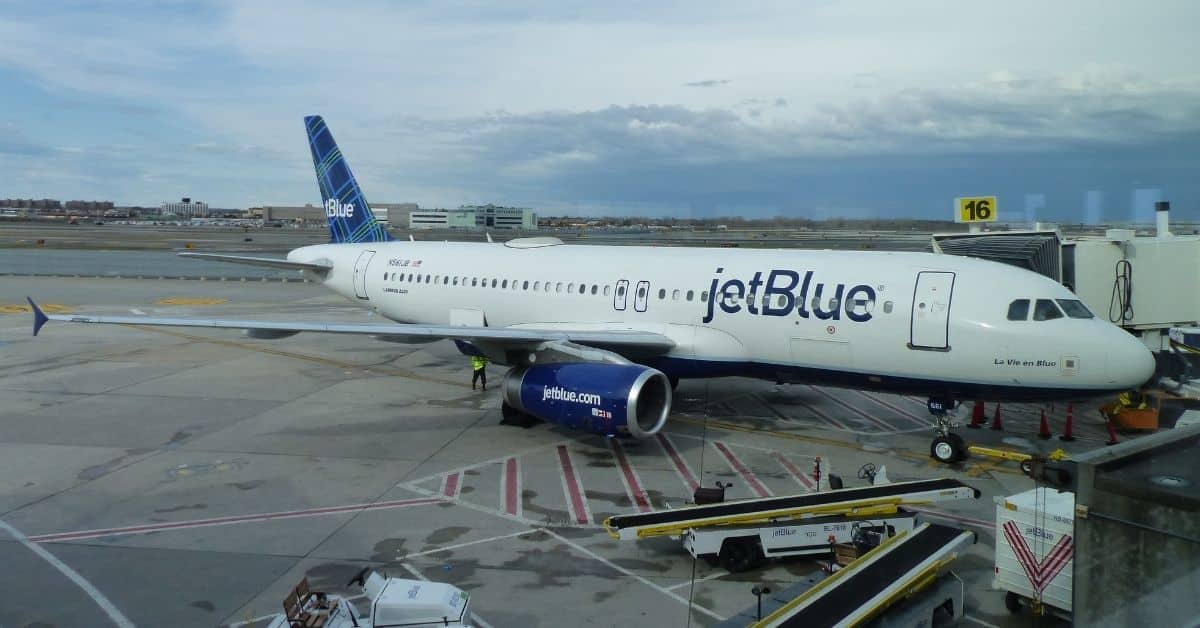A Configuration Deviation List (CDL) is a list published by the Original Equipment Manufacturer (OEM) of an aircraft design that states external components on an aircraft that are not required for the aircraft to remain airworthy.
The external components stated on the CDL are non-critical parts of the aircraft which are not required for the safe operation of the aircraft.
The CDL pertinent to an aircraft type must be approved by the regulatory authority where the aircraft type was designed.
In order to establish if an aircraft part is qualified to be listed on the CDL, it must be first identified:
- The function of the part – does it serve a critical role in maintaining the safe operation of the aircraft?
- Related parts – does the component operate in conjunction with other components to provide operation to a critical system?
- The absence of components must not affect the structural integrity of the aircraft – must be a non-structural part.
- Does the component being missing affect the aircraft’s overall in-flight performance capabilities?
In addition to these requirements, it may be required for fuel and weight penalties to be factored into pre-flight planning. While CDL items may not impact the safe operation of the aircraft, there may be performance impacts that can increase fuel burn and takeoff/landing performance.
Due to these potential performance impacts, maintenance and flight crew personnel must perform calculations to determine the feasibility of the flight and the fuel/weight penalties associated.
For test or ferry flights, this is a particularly integral element to pre-flight planning in some circumstances. These circumstances could relate to an aircraft that has sustained an on-ground collision which has led to damage to non-critical components – in which there may be in-flight performance implications.
The function of the CDL is to acknowledge that particular external components on an aircraft have no relationship with the safe operation of aircraft in flight. As a result, these non-structural components are not factors in determining an aircraft’s airworthiness.
The aircraft CDL provides operators with flexibility in relation to deferring the replacement and installation of non-critical external components.
Determining an aircraft’s airworthiness by assessing the operation of components can be determined by consulting the Minimum Equipment List (MEL).
Both the CDL and MEL provide the operator with guidance in relation to the acceptable deviations or margins from the default, certified configuration of an aircraft.
These approved deviations take into account the critical external components and onboard systems which an aircraft is required to have in order to maintain safe flight conditions.
Difference Between MEL and CDL
The primary difference between the Minimum Equipment List (MEL) and the Configuration Deviation List (CDL) is that the MEL states the systems which must be operational in order for the aircraft to be airworthy while the CDL provides a list of external components which aren’t required for the aircraft to be airworthy.
The MEL is derived by the operator from the Master Minimum Equipment List (MMEL) provided by the OEM and approved by the aviation regulatory authority (EASA in Europe, FAA in the USA).
The MEL is required to meet the same level of requirements as the MMEL if not more.
Read More:
Noise Abatement | Aviation Glossary

After visiting more than 60 countries, I have probably been on every type of plane there is and visited countless airports. I did my very first international solo trip to South Africa at the age of only 16 and haven’t really stopped traveling since.
Despite the adventurous travel itch, I do have a nerdy side as well – which is satisfied by writing about all things aviation “too boring” for my regular travel blog.
